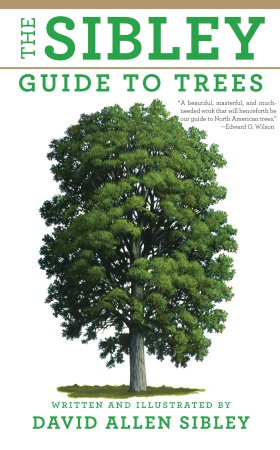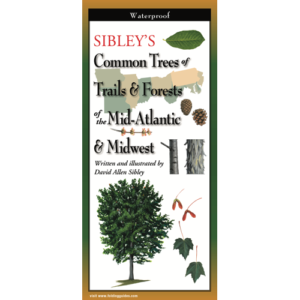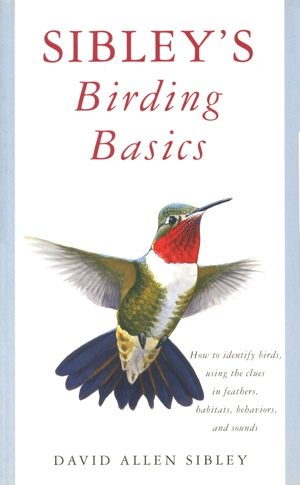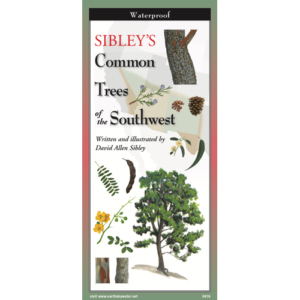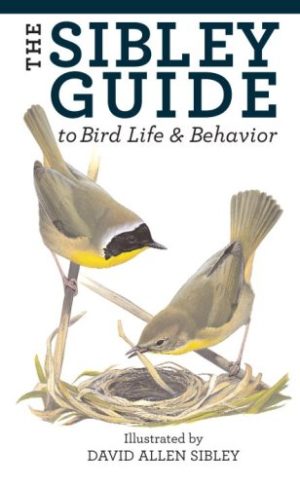Books that are sold directly through this website are always signed, and can also be personalized according to your instructions (for example “to John James, Happy Birthday!”). At checkout you will see a box where you can enter any special instructions for an inscription, and I will take care of that before I ship the books.
To see a list of books that are sold through this website click here. (Prints are also sold directly here and all are signed)
If you would like a signed copy of a book that is not sold here, the easiest way is to check my events schedule and contact the bookstore at one of my upcoming events. Most stores will be happy to take your order for a book with inscription and shipping, and I will sign the book when I am at the store.
If you already own a book and would like it signed, you can catch up to me in person at one of my events and I will be happy to sign it.
A “flexibound” binding is a flexible cover that is thicker than a typical paperback and extends beyond the page edges. It is intermediate between the traditional “paperback” and “hardcover” styles, and many sellers simply list it as one of those categories, causing some confusion.
They are all the same (with one exception). The Sibley Guides to Birds and Trees have only one binding, called “flexibound”. It is a flexible cover, thicker than a typical paperback and extending beyond the page edges. It is intermediate between the traditional “paperback” and “hardcover” styles, and many sellers list it as one of those two categories.
Regardless of how it is listed, all copies for sale have the same flexibound cover. The only exception is the Sibley Guide to Bird Life and Behavior, which was originally published in a hardcover binding, but is now sold as flexibound.
After the bird guides were complete in the early 2000s, I searched for another topic to delve into. I wanted to work on another field guide, and one that would be challenging and also a field where I thought I could make a contribution.
Unexpectedly, I found that tree study had a lot of similarities to bird study. They are both around us all the time, and we see them multiple times as we go through an ordinary day. They can be identified from a distance, change with the seasons, display different forms in different conditions, etc. And I had always been a little frustrated by the existing tree guides.
You can read more about my approach and the philosophy behind the guide here: A Modern (holistic) approach to Tree Identification
This book covers all of the species that meet these two criteria (more or less):
- Regularly grow into a treelike form. It is important to understand that there is no clear distinction between trees and shrubs. To qualify as a tree a plant simply has to grow tall on a single stem, but many species can be trees or shrubs under different conditions.
- Are native or commonly cultivated north of the freeze line. All native species, and all commonly cultivated species, are included if they grow north of central Florida, southern Texas, and southern and central coastal California. In those areas there are hundreds more species of trees that are regularly cultivated, and in southern Florida about one hundred additional native species. None of these are included in the guide, meaning that the guide will not be as helpful in southern and central Florida, or in developed areas in southern Texas and California.
Also available from:
Information from the publisher Alfred A. Knopf, Inc.
The Sibley Guide to Trees is an astonishingly elegant guide to a complex subject. It condenses a huge amount of information about tree identification—more than has ever been collected in a single book—into a logical, accessible, easy-to-use format.
With more than 4,100 meticulous, exquisitely detailed paintings, the Guide highlights the often subtle similarities and distinctions between more than 600 tree species—native trees as well as many introduced species. No other guide has ever made field identification so clear.
Features highlighted include:
- leaves (including multiple leaf shapes and fall leaf color)
- bark
- needles
- cones
- flowers
- fruit
- twigs
- silhouettes
More than 500 maps show the complete range, both natural and cultivated, for nearly all species.
Trees are arranged taxonomically, with all related species grouped together. By focusing on the fundamental characteristics of, for example, oaks or chestnuts or hickories, the Guide helps the user recognize these basic species groups the same way birders recognize thrushes, warblers, or sparrows.
In addition, there are essays on taxonomy, on the cultivation of trees, and on conservation issues, reflecting Sibley’s deep concern with habitat preservation and environmental health.
An important new contribution to our understanding of the natural world, The Sibley Guide to Trees will be a necessity for every tree lover, traveler, and naturalist. It is sure to become the new benchmark in field guides to trees.
Links to interviews and reviews can be found on the Press about the Guide to Trees page
An explanation of the philosophy behind the guide: A Modern (holistic) approach to Tree Identification
<A list of minor errors (editorial stuff, not tree identification topics)
A list of species with opposite leaves
The Tree Info page will have in-depth discussions of tree identification and updates to the tree guide, listed by species.
Version history:
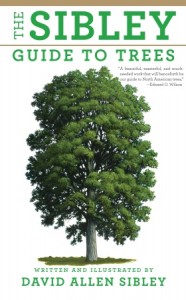 |
Only one edition has been published.
First EditionFirst printing – September 2009 |


